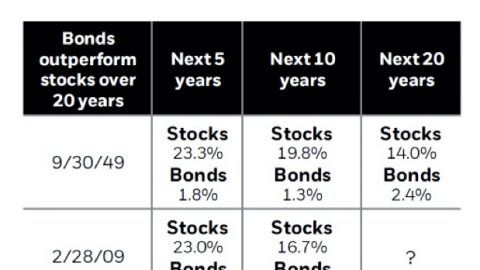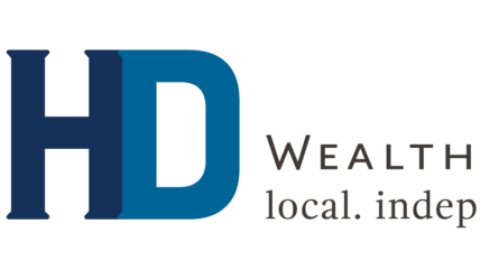Take it or Leave it: What to do with your “old” 401(k)
By: Allie (DeYoung) Schmidt, Financial Advisor, CFP®, CPA
So, you’ve made it through that awkward 2-week period since you’ve given your employer notice that you’re “pursuing other opportunities”. As you stare into your moving box on top of your desk, maybe you start to think about what you’re supposed to take—obviously your “I’d rather be skiing” coffee cup, favorite pens, and hilariously ironic kittens calendar, but what about your 401(k)?
401(k)s tend to accumulate almost completely under the radar for some folks. Money is withdrawn from your paycheck, you get a statement every so often, but you “can’t touch it” so the statements that come tend to just accumulate in the filing cabinet in the “important stuff” folder. But, once you leave an employer, you do have a decision to make. There are 4 options for what to do with your 401(k):
Option 1:
“Cash out” or withdraw the money (probably not a good idea). You do have the option to just cash out the account; however, as my parents used to warn me as a kid, there are consequences to the choices you make. The consequences here are a 10% penalty (if you’re under 59 ½ years old), and the amount withdrawn is automatically taxable at ordinary income tax rates. This is a costly option out of the gates that also does not allow the money to grow over time and provide an income for you when you do in fact retire.
Option 2:
Roll the money into your 401(k) plan at your new employer (if the plan allows). You could also roll that “old” 401(k) into the “new” one. This would help to consolidate the accounts. If you’re a DIY investor, this allows you to only have one account to monitor. Make sure that the plan provides the investments you’d like to utilize.
Option 3:
Leave the money in the current 401(k). There are a couple of instances when this makes sense: you like the investment options and are able to achieve the diversification that’s appropriate or you have a loan outstanding on the plan. Keep in mind, it is possible that you will be charged an additional fee for keeping your 401(k) with your old employer, since you are no longer an employee of the company. All plans are different, be sure to know your options.
Option 4:
Roll the money into an IRA. One of the most commonly cited benefits of rolling a 401(k) into an IRA are the investment options. Using a brokerage firm will typically allow you to evaluate and choose from a larger variety of investment types, asset classes, etc. There are likely hundreds if not thousands more investments to choose from. This option will also accomplish the consolidation point.
According to the Financial Industry Regulatory Authority, the average US employee switches jobs 11 times before retiring. That makes for a very thick “Important Stuff” file! So, instead of having several old 401(k) accounts hanging out, rolling the accounts together can help you keep track of the investments, but most importantly, you can manage so all of the assets/investments are working together and are appropriate for your retirement plans and risk comfort level.
If you just can’t decide or don’t know which investments to choose, don’t worry. Sit down with a financial advisor for some guidance—it’s what we’re here for. Even though you “can’t touch it” today, one day you will and the more your money grows, the more quickly you can get back to what’d you’d rather be doing…skiing.
The opinions voiced in this material are for general information only and are not intended to provide specific advice or recommendations for any individual. There is no guarantee that a diversified portfolio will enhance overall returns or outperform a non-diversified portfolio. Diversification does not protect against market risk.










